


 5 shades
5 shades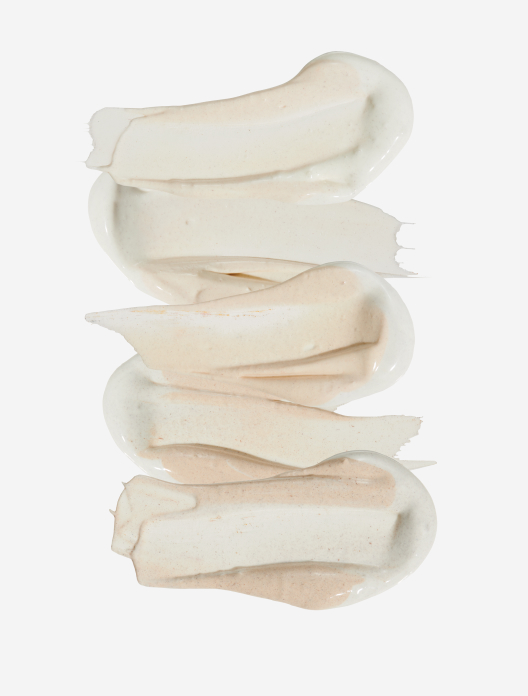
BFF SPF 30 Cream
SPF 30 to protect, perfect and give skin a healthy glow
Choose shade
There are a number of reasons why you may be experiencing skin redness, with factors like skin conditions, diet and our environment all playing a part. Identifying what could be driving your skin redness is a great starting point for dialling it down. Common culprits include:
There are skin conditions that can cause skin to appear red. Rosacea is the first that springs to most people’s minds, and is characterised by visible flushing of the skin, alongside burning and stinging sensations. Depending on the severity, rosacea can range from low-level redness through to pustules and thickening of the skin. Understanding rosacea, and recognising your own rosacea triggers, can help to keep the redness under control and prevent it from escalating. Acne can also leave skin red, especially if your blemishes are particularly angry.
Of course, a key culprit of skin redness is the sun. Spending time outdoors without adequate sun protection (that means a broad-spectrum sunscreen with at least SPF 30) will not only earn you a slap on the wrist from skincare experts, but can leave you physically red faced. Depending on your skin type and the severity of your sunburn, it can take as long as a week to go down.
What’s going on inside is often reflected on the outside, and skin redness can be a sign that your diet is off kilter. Keeping a food diary is a great way to keep track of how you feel, and how your skin looks, when eating particular foods. Equally, looking to cut down on spicy foods and alcohol intake is a good place to start, as both can drive flushing.
Emotional stress has a part to play in rosacea and acne flare-ups. Stress in some form is unavoidable in most of our lives, but taking time out to decompress and unwind can help to minimise its impact. Making sure you’re being consistent with your diet and skincare during especially trying times will also help.
Using the wrong skincare products for your skin type, or using too much of a particular ingredient can cause your skin to become red and huffy. Using a service like our skincare Match2Me tool will help avoid any missteps, providing you with a personalised routine and usage.
The good news is that whatever the reason for your skin redness, covering it with makeup is remarkably simple when you know how.
It makes sense that the more time you spend minimising redness generally on the skin, the less you’ll need to spend covering it with makeup. Incorporating the following will stand you in good stead.
Of all the elements of your skincare routine, SPF is the one that’s absolutely non-negotiable. To keep your skin safe, you should be wearing at least factor 30 every single day. UVB rays, which are responsible for skin burning, are strongest during the summer months, so you’ll need to be re-applying during the day to stay protected. UVA rays are present all year round, and can even penetrate through clouds, which is why all-year-round protection is so important.
Noticed that your skin is red and uncomfortable after enjoying a spice-laden curry? Or a generous glass of red wine? Our advice is to steer clear, at least until your redness is generally more under control. If you really want to indulge, that’s up to you – but everything in moderation is a good mantra.
When introducing a new skincare product or ingredient to your routine, go slow and steady. That means adding in newness one at a time, instead of overhauling everything overnight. By going too fast too soon, you run the likelihood of overwhelming your skin, rather than easing it in gently. The gym analogy is a good one here – if you went from not exercising for months to going to two classes a day for a week, you’d be seriously sore.
An easy win, think about the temperature next time you wash your face. If the water is too hot, it will raise your body temperature, which can cause redness to flare. It can also dry out your skin, leading to dehydration and irritation. Tepid water is best.
The key to convincingly covering skin redness is to work in layers, starting with the lightest product and finishing with the heaviest — don’t be tempted to simply slather on one product. Going in with too heavy a hand may work to disguise redness, but can camouflage your face’s key features in the process. This not only looks unnatural, but means you’ll need to apply more makeup, using blusher, bronzer and contour to re-carve out your features. Light layers are also more long-lasting, meaning fewer touch ups throughout the day. Win-win.
Prep the skin with a layer of Trinny London BFF SPF 30 Cream. You can smooth it on with your fingertips, or use a brush, the choice is yours. This lightweight skin perfector contains microencapsulated pigments that blend perfectly with your skin tone, instantly taking the edge off of any redness. The coverage is barely-there, and for low-key redness that may be all you need.
Follow with Trinny London BFF-De-Stress tinted serum. It's perfect for normal to dry skin in need of a boost, with low to medium coverage and a dewy, radiant finish.
As with the BFF SPF 30 Cream, both can be applied using your fingertips or a brush. Our advice is to start on one side of the face, in the areas where the redness is most pronounced. This approach will allow you to really work into those areas, as well as see the difference from one side to the other.
Whether you’re using a makeup brush or your fingertips, remember to be gentle with your skin. Overmanipulating it can drive redness, worsening the very problem you’re trying to disguise.
Finally, apply Trinny London Just A Touch Foundation + Concealer. This is great for providing targeted coverage to areas that need a little extra help, and is especially good at disguising angry, shouty spots. Use your fingers or a brush to buff and blend for a seamless finish.
As an optional extra, you may want to finish off by adding a little blusher to the cheeks. We know that feels counterintuitive when we have just spent time cancelling out redness, but a one-tone finish is not going to give your face the vibrancy it deserves. If you normally steer clear of blush, try a cool-toned shade and apply sparingly — you’ll be amazed at the difference just a small amount of product can make.
Shop the article



 5 shades
5 shades
SPF 30 to protect, perfect and give skin a healthy glow
Choose shade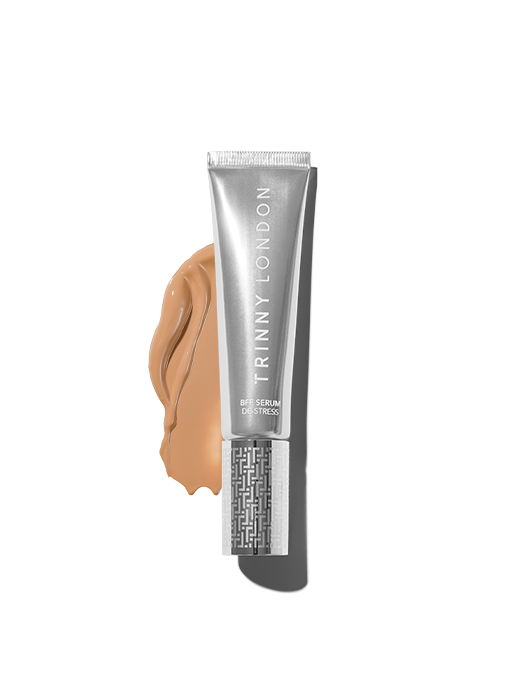
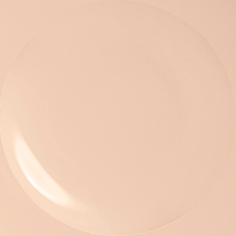
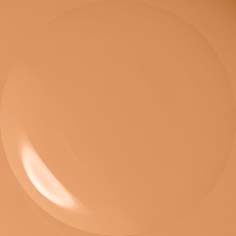
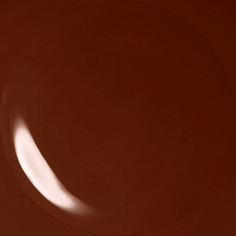 12 shades
12 shades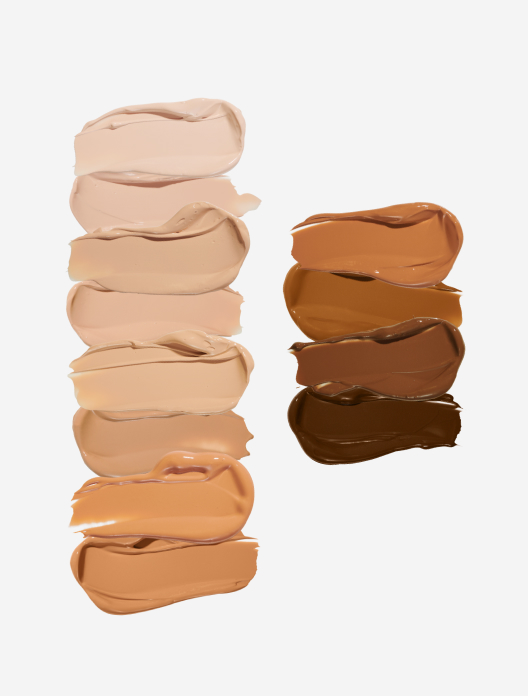
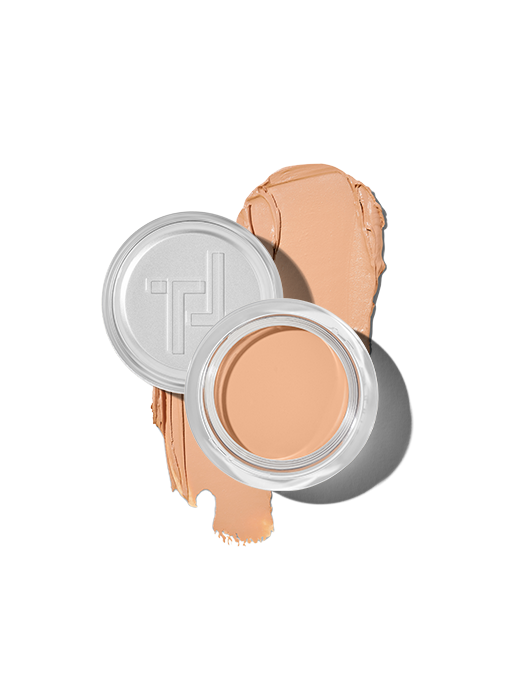
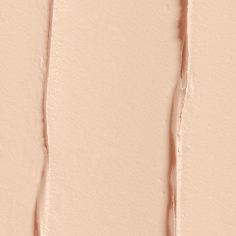
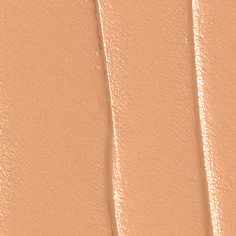
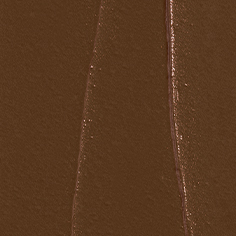 25 shades
25 shades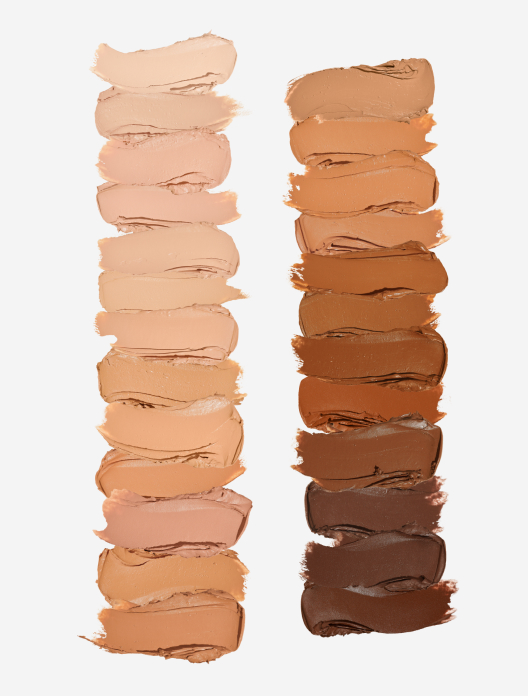
Pigment-rich coverage for precise cover-ups
Choose shade

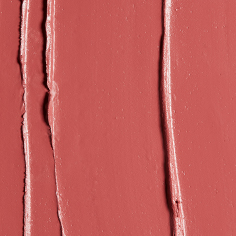
 6 shades
6 shades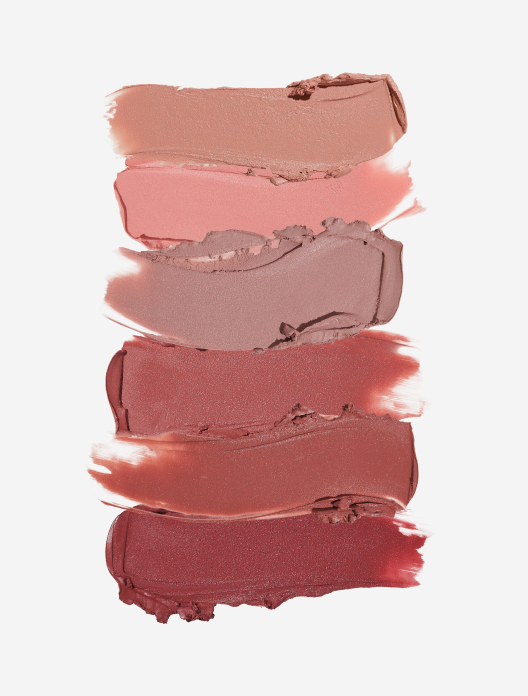
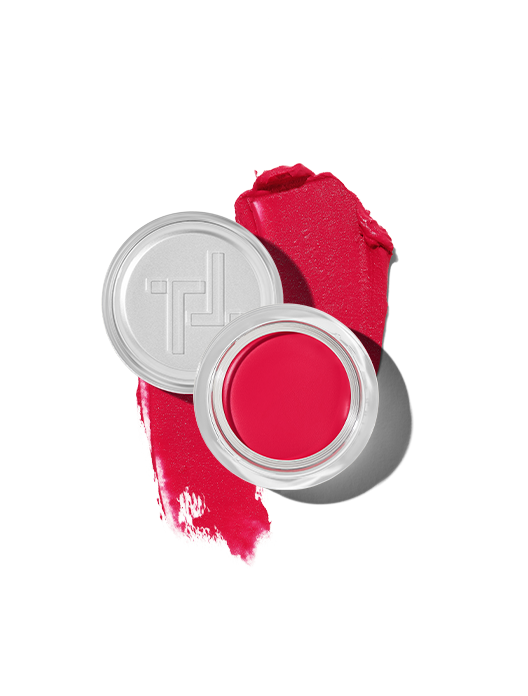
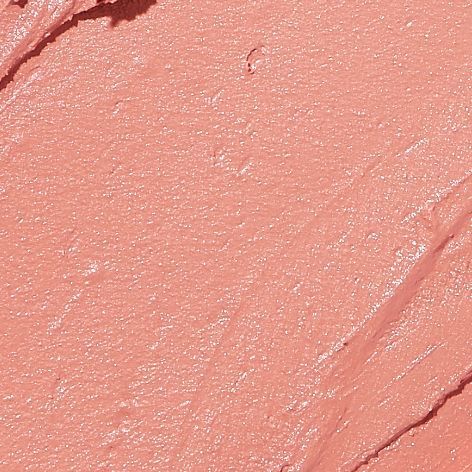
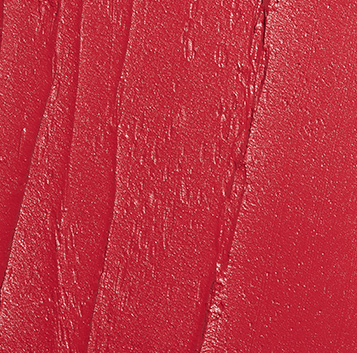
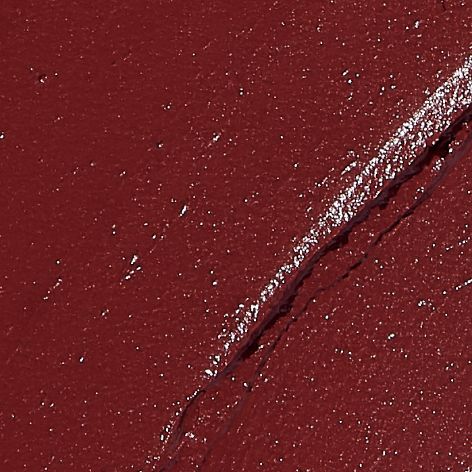 10 shades
10 shades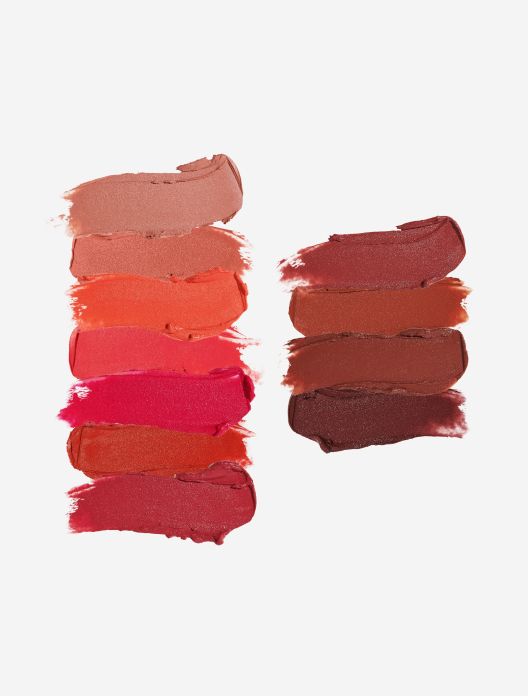
Read, watch and be inspired...